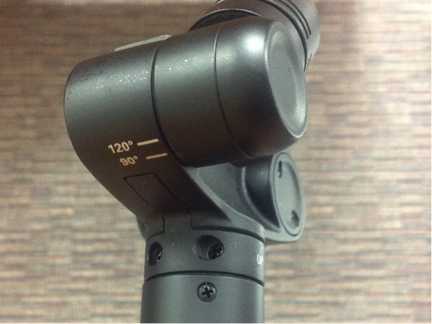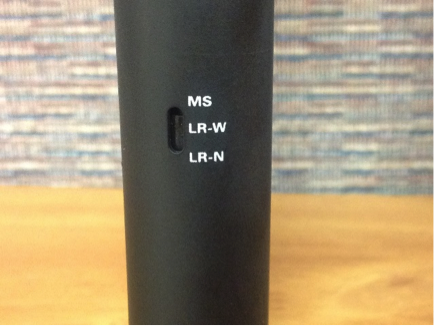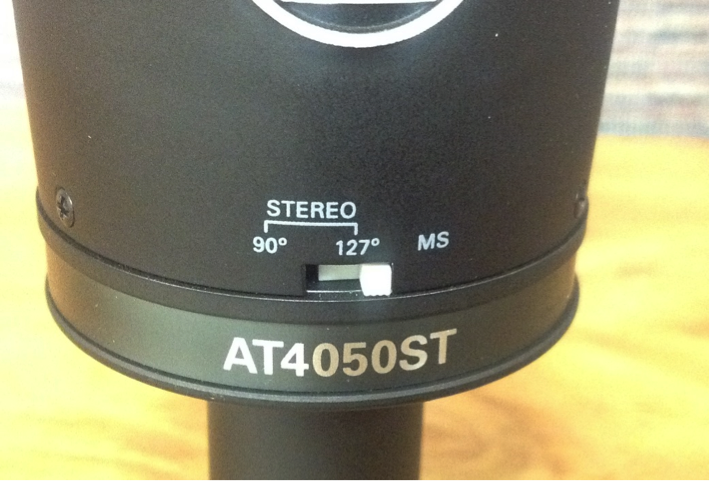What do the symbols mean on my Audio-Technica Microphone? (Part #3 – Stereo Configurations)
Answer: This week we conclude our series on Audio-Technica microphone symbols by examining those that identify Stereo Configuration. If you missed last week’s post about Pickup Pattern symbols, you can read it here. (Feel free to click the hyperlinked words below for additional information from our online Glossary.)
[caption id="attachment_1668" align="aligncenter" width="432"] AT2022[/caption]
AT2022[/caption]
[caption id="attachment_1667" align="aligncenter" width="434"] BP4029[/caption]
BP4029[/caption]
X/Y – N (narrow)
Utilizes two microphone elements in the X/Y Stereo microphone configuration with about a 90-degree acceptance angle.
X/Y – W (wide)
Utilizes two microphone elements in the X/Y Stereo microphone configuration with about a 120-degree acceptance angle.
Audio-Technica mics that offer selection between X/Y-N and X/Y-W stereo are equipped with a switch marked LR-N and LR-W (as seen above on the BP4029) or marked according to the specific angle (as seen above on the AT2022 and below on the AT4050ST).

AT4050ST
Utilizes two microphone elements as close together as possible: one with a cardioid pattern (sometimes omnidirectional) facing the sound source and another with a bidirectional pattern positioned perpendicular to the source. The signal from the bidirectional element is duplicated either at the console or in post-production. This duplicated signal is phase-reversed and then panned to the direction opposite that of the original signal, giving the user a left side and right side signal. All together, the three signals (cardioid = middle, bidirectional = left side, bidirectional “reversed” = right side) allow the user to control the “depth” (middle signal) and “width” (two side signals) of the sound.
You can achieve this Mid-Side technique by using a pair of microphones, such as the AT4050 or AT4047MP, that allow you to select the pickup pattern, setting one to cardioid, aimed directly at the source, and the other to bidirectional, positioned 90 degrees off axis from the source. (See this technique in action in our video about miking a room for drums.) However, Audio-Technica has done all the hard work for you and created the AT4050ST, which has two elements prealigned in the Mid-Side arrangement and that provides selection of left-right stereo output (in either X/Y-N or X/Y-W configurations) or discrete Mid-Side signals. Since both elements are contained in a single mic, setup is much easier and the phase is already properly aligned for you.
(Here is a list of Audio-Technica Stereo Microphones.)
We hope you found this series about microphone symbols informative. As always, our Audio Solutions Department is here to help should you have any additional questions.
Check back next week for another “Question of the Week” with Audio Solutions!
















































































































































.webp)































